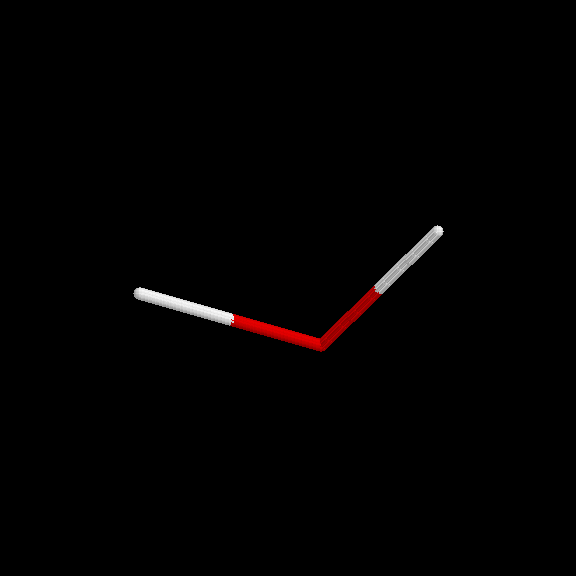H2O
H2O, commonly known as water, is a chemical compound composed of two hydrogen atoms and one oxygen atom. It is the most abundant substance on Earth and is essential for the existence of life. Water is a polar inorganic molecule, meaning it has a slight positive charge on the hydrogen atoms and a slight negative charge on the oxygen atom, leading to its unique properties.
Some key properties and characteristics of water include:
- Universal Solvent: Water is often referred to as the universal solvent due to its ability to dissolve a wide variety of substances, making it a crucial component in various chemical and biological processes.
- High Surface Tension: Water has a high surface tension, which allows certain objects to float on its surface and enables some insects to walk on water.
- High Specific Heat: Water has a high specific heat capacity, meaning it can absorb and retain large amounts of heat before its temperature changes, making it important for temperature regulation in both living organisms and the environment.
- Unique Density Anomalies: Water exhibits unique density anomalies, such as its density decreasing when it freezes, leading to the expansion of ice, which is why ice floats on water.
- Essential for Life: Water is essential for all known forms of life. It serves as a vital component for various biological processes, such as hydration, nutrient transportation, and temperature regulation.
The properties of water play a fundamental role in numerous aspects of both the natural world and various industrial processes, making it one of the most critical substances for the existence of life on Earth.

Synonyms :
- water
- aqua
- H(2)O
Config Rule :
% 'H2O'
config('H2O',[
center(oxy(1,hyd&&hyd;))]).
Smiles String :
[OH2] 'H2O'
Fischer Diagram :

Terminal :
% 'H2O'
h(1,1,(0,nonchiral))-[o(1,nil)~],
h(2,1,(0,nonchiral))-[o(1,nil)~],
o(1,16,(0,nonchiral))-[h(1,nil)~,h(2,nil)~]
The Terminals for all the Config Rules are in Prolog Definite Clause Grammar (DCG) form.They can be checked in the Manual here.
The compound's PDB file can be seen here.
